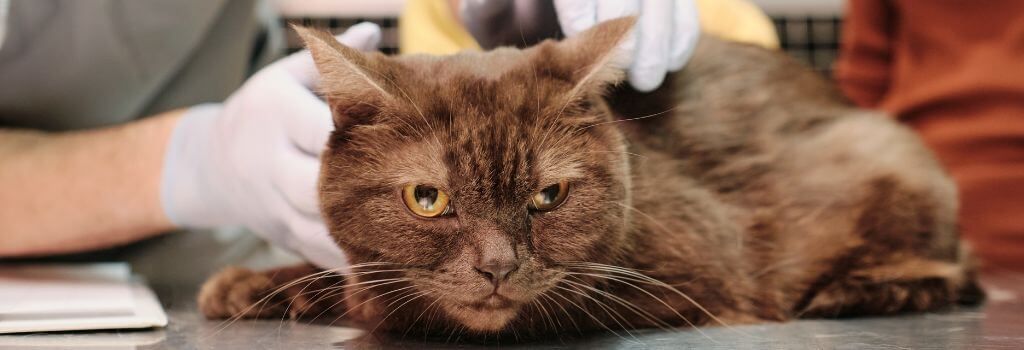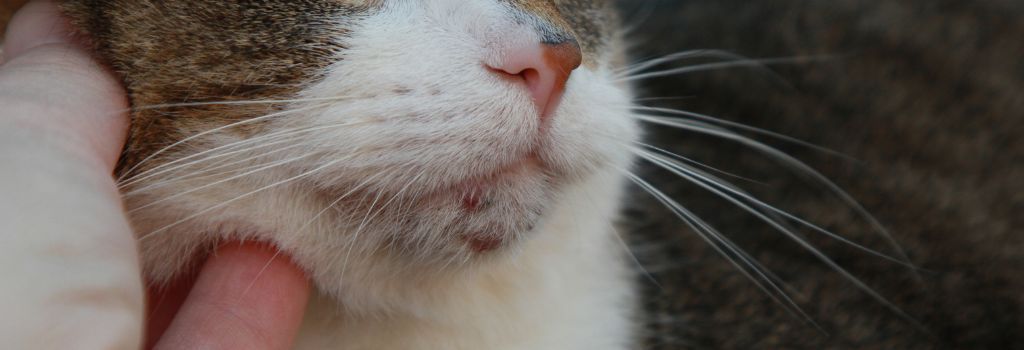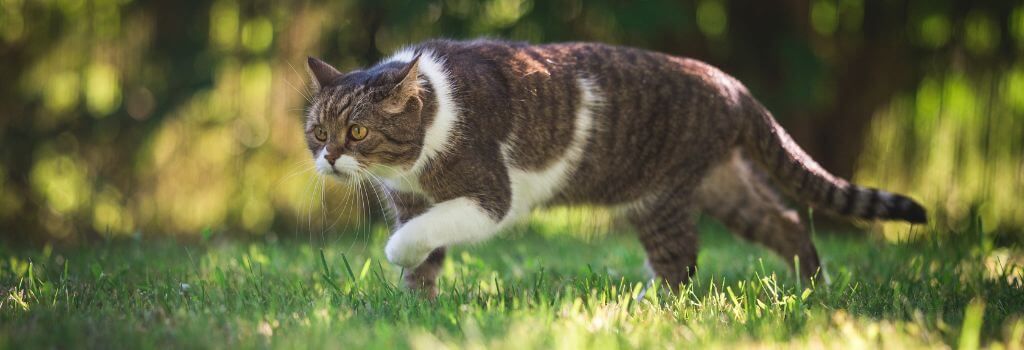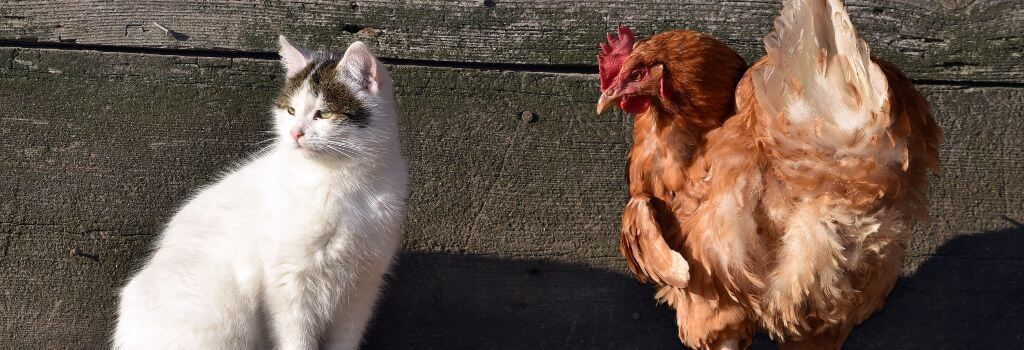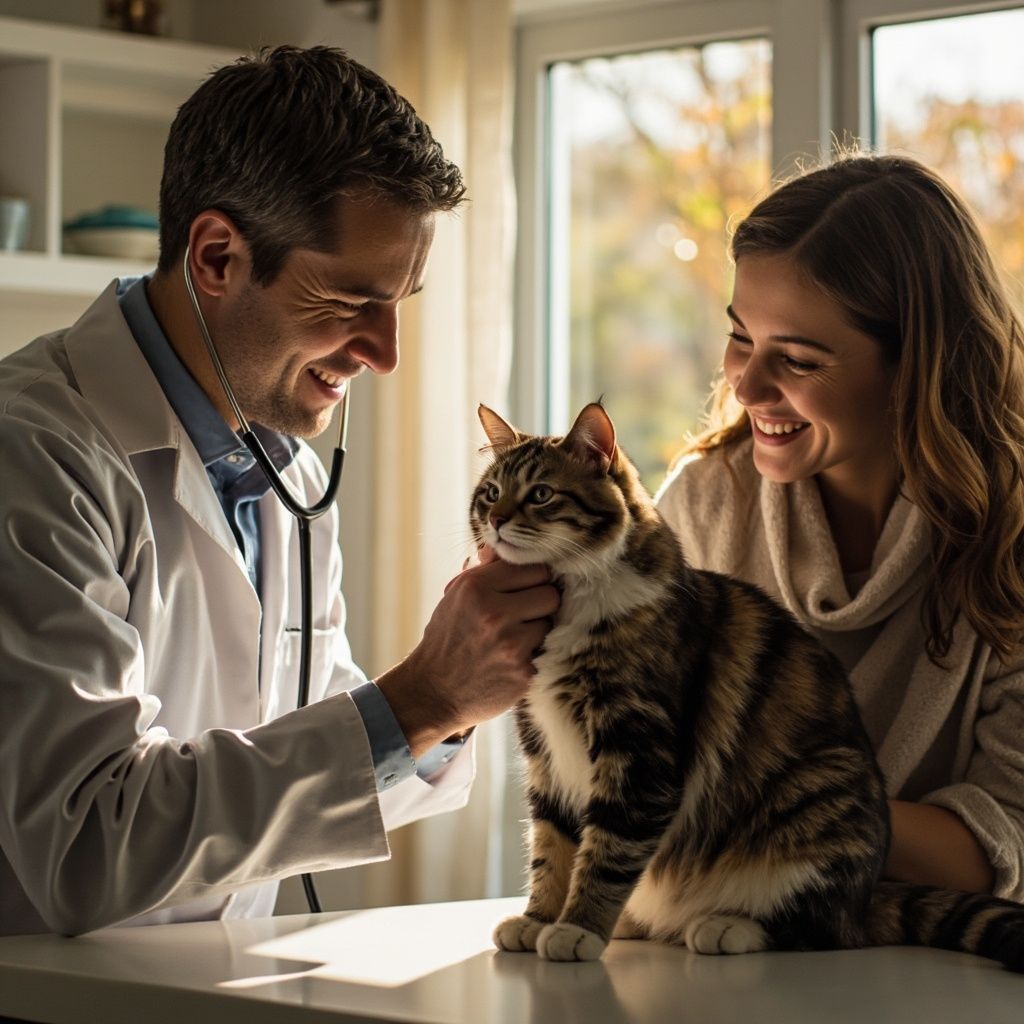Disaster Readiness for Pets: The Best Tips for National Animal Disaster Preparedness Day
As a pet owner, you understand that your furry, feathered, or scaly friends depend entirely on you for their safety and well-being— especially in times of crisis. Whether it's a sudden natural disaster like an earthquake or flood or a human-made emergency, being unprepared can put your pet at serious risk. National Animal Disaster Preparedness Day serves as a reminder for all pet parents to gear up and prepare their pet's "bug-out bag."
From creating a pet-specific emergency kit to understanding evacuation protocols that include your pets, we'll cover the must-know strategies to ensure you and your pets can face any crisis together safely. Let's get started on making sure our faithful friends are never forgotten when preparing for the unexpected.
The 3 Needs: Pet Records, Pet Food, Pet Emergency Kit
1. Pet Records
Having physical copies of your pet's important documents is an easy step to check off the list first. Start by printing out their vaccination records, any medical history, and a list of necessary medications. Place these documents in a waterproof folder or container. This step is particularly important if you need to relocate quickly or if your pet requires medical attention while you're away from home! They should have a collar with tags that include your current contact information and, if possible, a microchip registered with your latest details. These identifiers can be lifesavers in reuniting you with your pet should you get separated.
Many of us manage our lives—and our pets' lives—through apps and online platforms. Your pet's medical records are likely accessible through your veterinarian's digital portal. However, relying solely on digital access can pose a risk during emergencies, especially if power outages or network disruptions occur.
Taking these simple precautions can make a significant difference in managing your pet's health care during an emergency. Having these records handy not only helps any attending veterinarians provide the best care possible but also speeds up the process, reducing stress for both you and your pet.
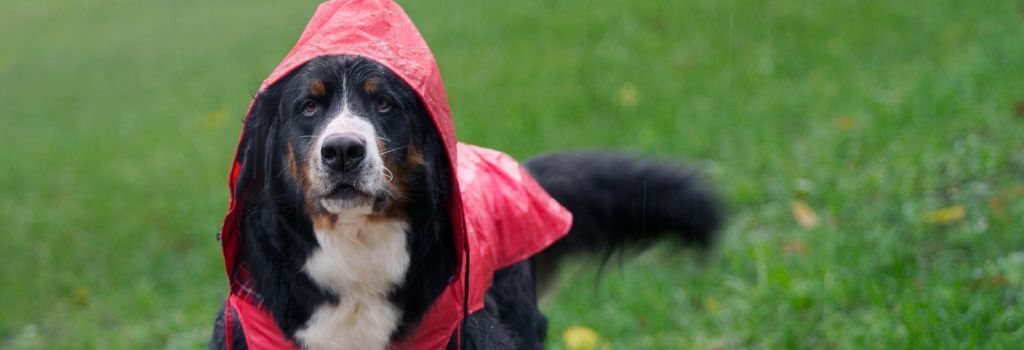
2. Pet Food
Veterinarians recommend keeping at least a two-week supply of your pet's regular food in case of emergencies!
For practical storage, choose sealed, waterproof containers to keep dry pet food fresh and prevent spoilage. Canned food, with its longer shelf life, is also a good option but remember to rotate your stock to avoid expiration. If your pet is on a special diet prescribed by a vet, securing an extra supply is increasingly important. Also, don't forget to have a plan for providing your pets with fresh water. Storing bottled water is ideal, as tap water might not always be safe for consumption immediately following a disaster.
While human foods can provide a temporary solution in a pinch, some are toxic to pets. Dogs, for instance, can often tolerate a simple diet of cooked chicken and rice, but avoid foods like onions, garlic, chocolate, and grapes, which can be harmful. Always have a list of safe human foods prepared in case you run out of pet food. If you have any doubts or need guidance on what is safe to feed your pet during an emergency, contact your veterinarian.
3. Emergency Preparedness Kit For My Pet
The first thing you’ll need is a simple container, such as a Tupperware or pasta storage container. Get out a pen and piece of paper and put your contact information on this paper to be attached to the top of the inside of this container.
On top of your name and contact information, consider including the following information on your emergency contact form:
- Veterinarian’s information
- Pet’s name
- Pet’s weight
- Any pressing medical concerns
Even if you end up with your pet, you might be so frazzled by the situation that you can’t recall this kind of information.
Other items to include in your disaster preparedness kit for pets are:
- Scissors
- An eye flush (not medicine, just a saline flush that you can get at any pharmacy) in case the pet scratches at their eyes in a panic
- K-Y jelly (explanation below)
- One-inch white tape
- Non-adhesive gauze for bandaging
- A vet wrap to keep the gauze in place
Now, on to the explanation for the K-Y jelly...with an open wound on an animal, the clock starts ticking as soon as the wound is opened. Smear the wound with K-Y jelly to keep the bacteria content down, to slow tissue retraction, and to make any gauze you apply easy for the treating veterinarian to remove. This is just a temporary solution that you can use to ultimately aid in the treatment of your pet once they get to a veterinarian.
Bandaging a wound on a pet can be tricky. It’s important to note that if you don’t have a medical background, putting something like this on too tight can do more damage than good and can even cause amputation. We understand that this is intimidating to hear, but bear this in mind so that you’re not wrapping your poor pet in something like duct tape because you’re in a panic. Stretch the gauze to cover the wound, but don’t wrap it in a tight fashion.
Another item many veterinarians will often recommend that you keep in your car for everyday emergencies is a towel. You never know when your pet or someone else’s pet will be hit by a car. If you’ve ever unfortunately witnessed this and/or tried to help with a pet who has been hit by a car, you know that all bets are off as far as that pet’s typical behavior. This pet might try to flee or even bite you due to their fear and pain. Wrapping them in a towel can prevent this and provide a sense of comfort as you drive them to the emergency hospital.
You should NOT put human medicine in your pet's kit. It’s far too easy to think, “Oh, I’ll give my dog a bit of Tylenol for the pain or my cat a bit of Ibuprofen to take the edge off.” People don’t realize that these human medicines can be deadly to their pets, and this can be even more so the case if you’ve already got a failing liver or kidney due to an accident. Avoid the temptation altogether by not including it in your kit.
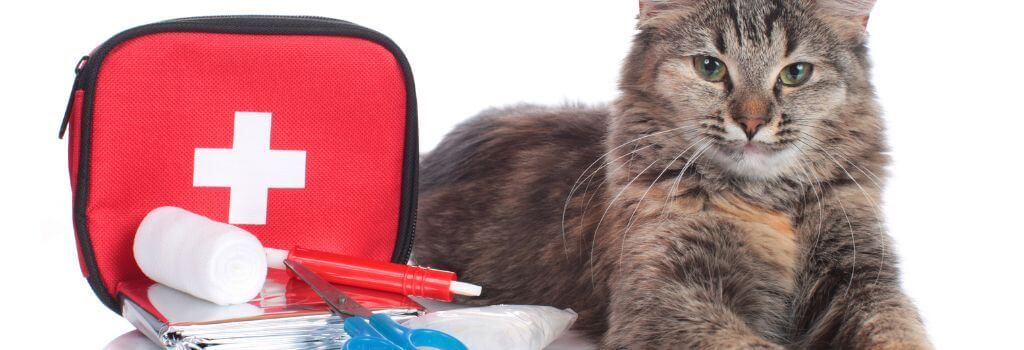
Know Where To Go
When facing natural disasters, having a specific action plan tailored for each type can significantly increase the safety of your pets. Here’s what you should consider for hurricanes, tornadoes, and floods:
Hurricanes
- Evacuation Plan: Have a clear evacuation plan in place before the hurricane season starts. Know pet-friendly shelters or hotels along your evacuation route.
- Secure Shelter Early: As hurricanes can be tracked, secure a spot at a pet-friendly shelter or hotel well before the storm is expected to hit.
- Secure Pets Indoors: As the storm approaches, bring all pets inside and keep them in a secure, comfortable space away from windows.
Tornadoes
- Immediate Shelter: Tornadoes may strike with little warning. Identify a safe room in your home where you and your pets can quickly take cover. Basements or small, windowless interior rooms on the lowest floor are ideal.
- Emergency Kit Accessible : Keep an emergency kit in your tornado shelter space, complete with your pets’ supplies.
- Crate Your Pets : If possible, keep pets in crates or carriers in the safe room to prevent them from escaping or getting injured by debris.
- Stay Informed: Have a battery-powered weather radio in your shelter area to stay updated on tornado warnings.
Floods
- High Ground Plan: Know ahead of time how to get to higher ground quickly and safely with your pets. Avoid waiting until you see rising water.
- Waterproof Supplies: Store food, water, and supplies in a waterproof container, and have it ready to go at a moment’s notice.
- Evacuate Early: If evacuation is likely, don’t wait for mandatory orders. Leaving early can avoid the chaos and increased risk when time is critical.
- Floatation Devices: For areas with high flood risk, consider having pet floatation devices on hand. Secure Pets: Keep pets on leashes or in carriers during evacuations. They can easily get lost or panicked in flood conditions.
Wildfires
- Evacuation Plan: I dentify in advance where you will take your pets if you need to evacuate. This could be a friend or relative's home, a pet-friendly hotel, or an animal shelter that accepts pets during emergencies.
- Early Warning: Subscribe to local emergency services notifications and apps that provide updates on wildfires. The faster you know, the more time you have to act.
- Indoor Air Quality: Keep pets indoors as much as possible to reduce exposure to smoke. Consider air purifiers to maintain indoor air quality.
- Create a Safe Zone: If you cannot evacuate and need to stay, create a safe room in your home where you can stay with your pets. Seal all windows and use towels or foam to block any gaps to minimize smoke inhalation.
- Secure Outdoor Areas: If your pets are typically outside, ensure that there is an area that is clear of brush and debris where they can stay if evacuation isn’t immediately necessary. This reduces the risk of embers causing burns or fires near them.
- Maintain Calm: Pets can become anxious and stressed due to the smell of smoke and the chaotic nature of a wildfire. Keeping calm yourself and providing comfort to your pets can help manage their anxiety.
Some Final Considerations For Disaster Preparedness For Pets
As you develop your emergency preparedness plans, don't overlook the importance of microchipping your pets ! This tool can be used all over the country to reunite lost pets with their families after a disaster, as collars and tags can come off. Make sure your contact information linked to the microchip is current; this simple step can make a huge difference in your reunification with a lost pet.
Being prepared means staying informed and ready, especially if you reside in an area prone to natural disasters. Remember to update the information in your kit once a year. Set an alarm, particularly if you live in a disaster-prone area. Your contact information, your vet’s contact information, and your pet’s medical information could be different! You also want to make sure that any food, medication, or other supplies haven’t expired.
If you have questions and you'd like to reach out to us, you can call us directly at (859) 625-5678 , or you can email us at aacrichmond@yahoo.com. Don't forget to follow us on social media Facebook , Instagram.
Recent Posts

